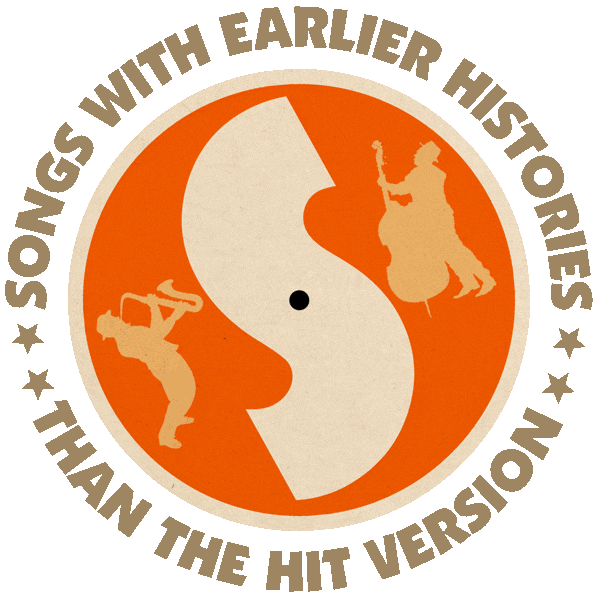Written and first recorded by P.F. Sloan (1965).
Hit version by The Turtles (US #29 1965).
From ReBeatMag: “‘Let Me Be’ was written and recorded by P.F. Sloan, very successful in the mid-1960s, writing, performing, and producing Billboard Top-20 hits for artists such as Barry McGuire, The Searchers, Jan & Dean, Herman’s Hermits, Johnny Rivers, The Grass Roots, The Mamas & the Papas, and The Turtles. His most successful songs as a writer were three top ten hits. Barry McGuire’s 1965 ‘Eve of Destruction‘, Johnny Rivers’ 1966 ‘Secret Agent Man’ and Herman’s Hermits’ 1966 ‘A Must to Avoid’.
“‘Let Me Be’ was The Turtles’ second single. It didn’t come close to achieving the success of its predecessor, the cover of Bob Dylan’s ‘It Ain’t Me Babe‘. But, it did establish a working relationship between P.F. Sloan and The Turtles. More importantly, the song’s lyrics illustrated the independent, free-thinking spirit of both its composer and its audience, and though, in the big picture, the Turtles weren’t really ‘that kind’ of a band, their energetic and expressive take on the song is what makes it still fresh and relatable today.”

